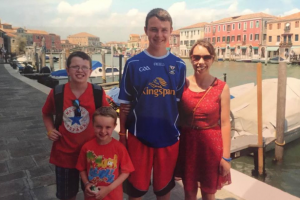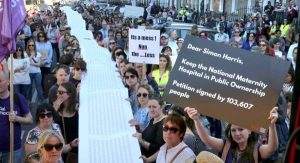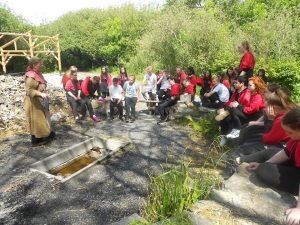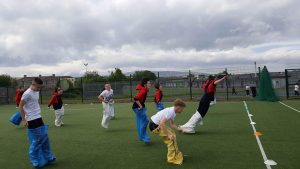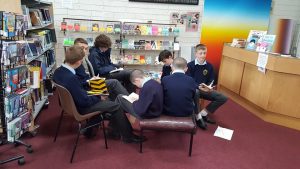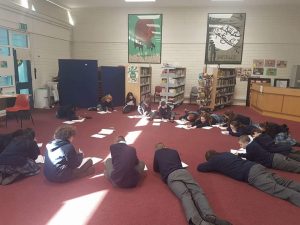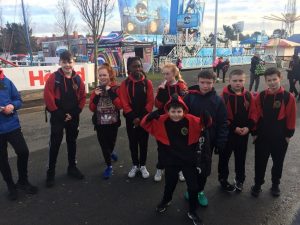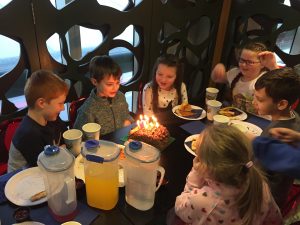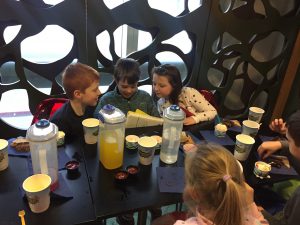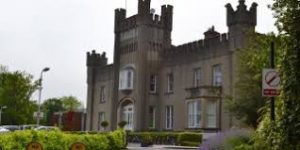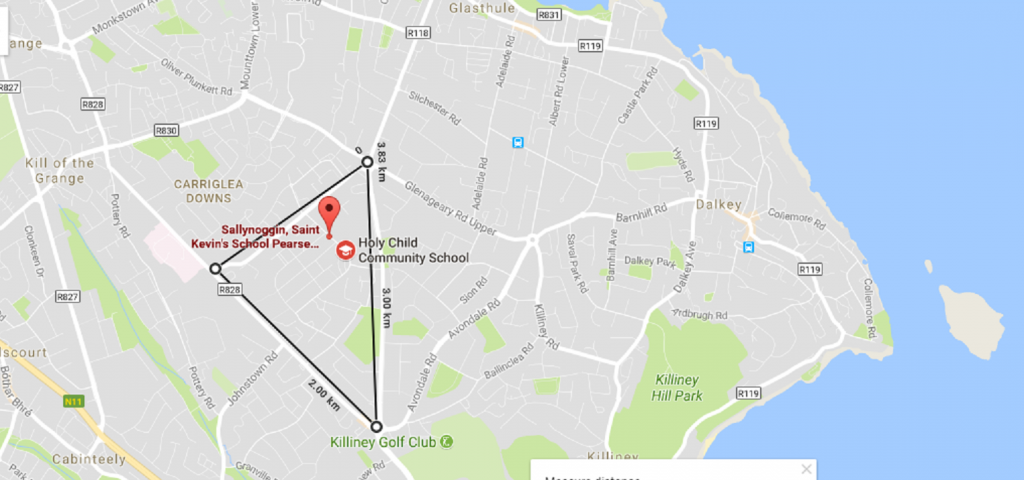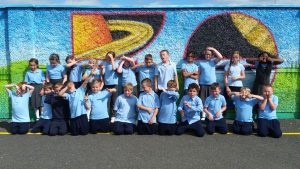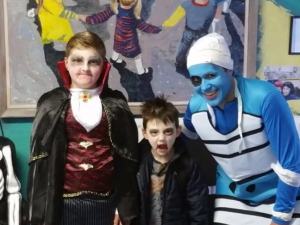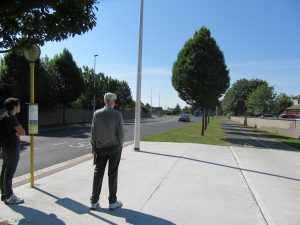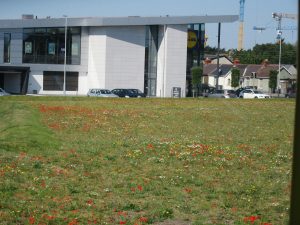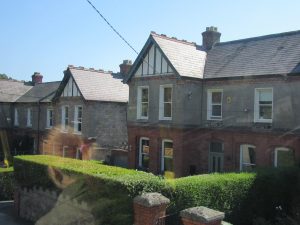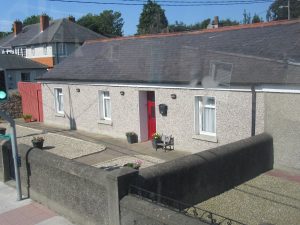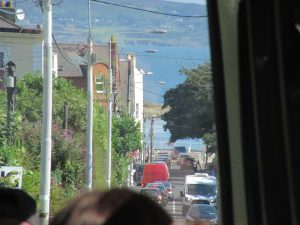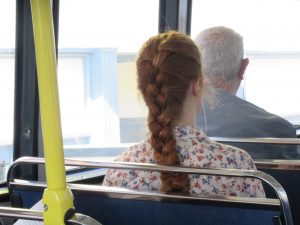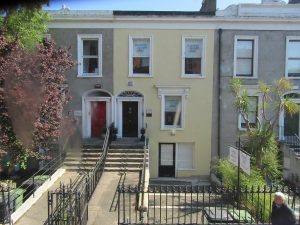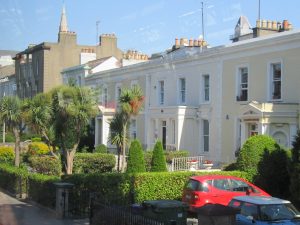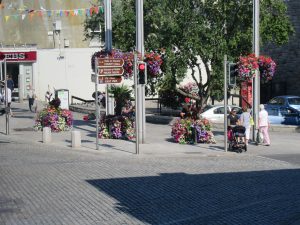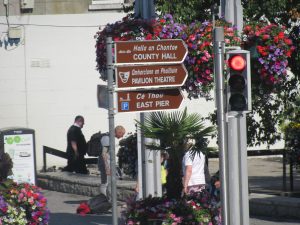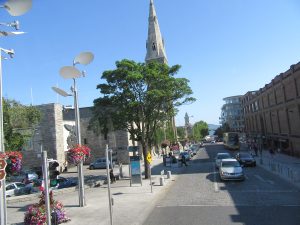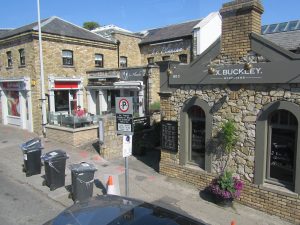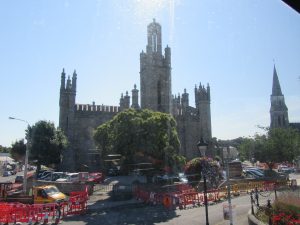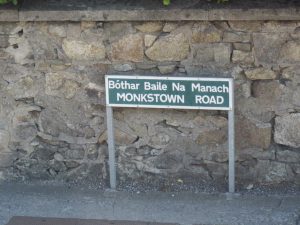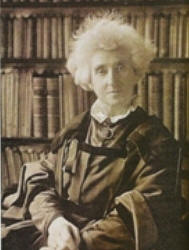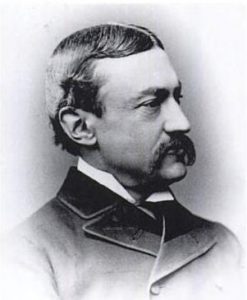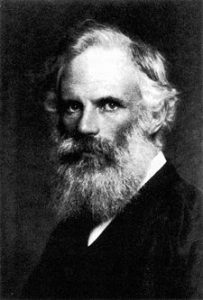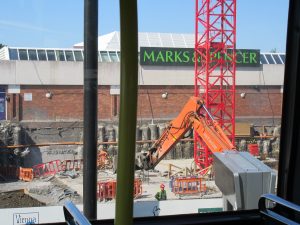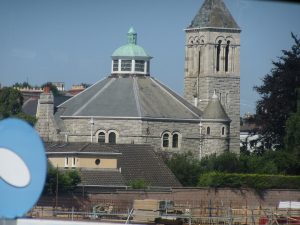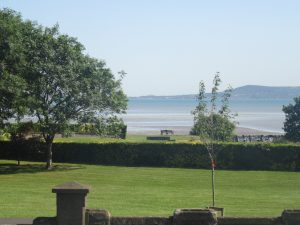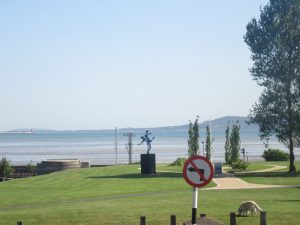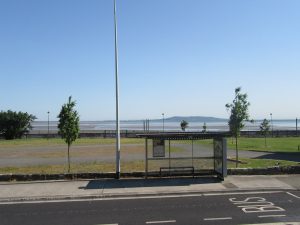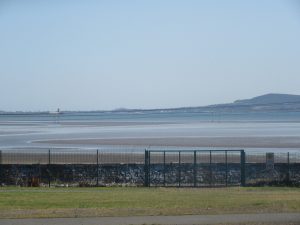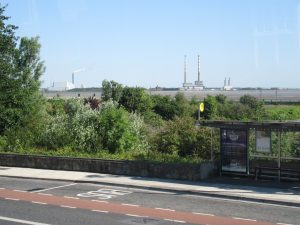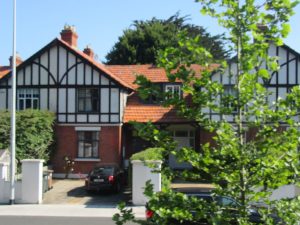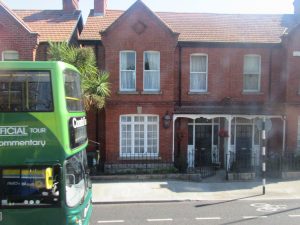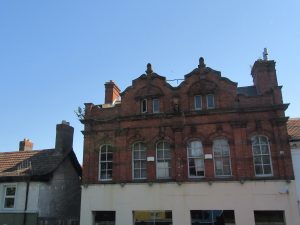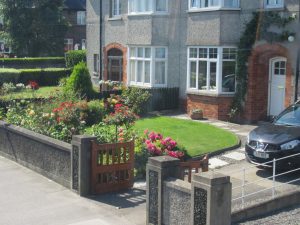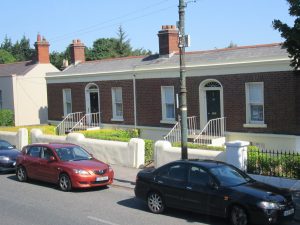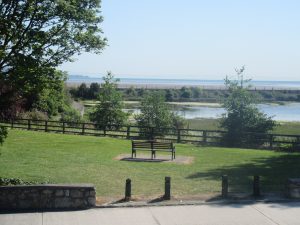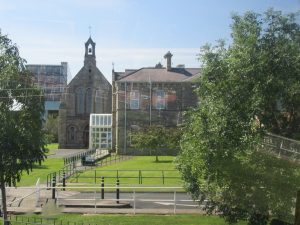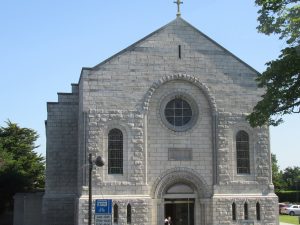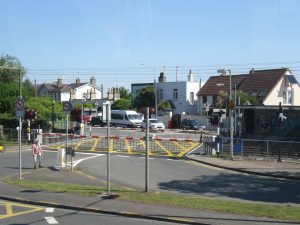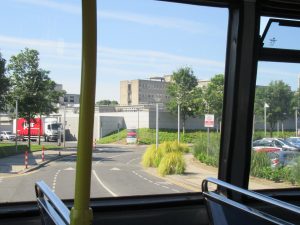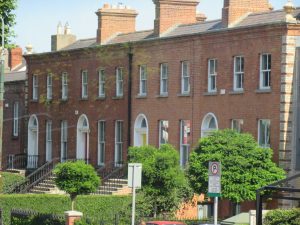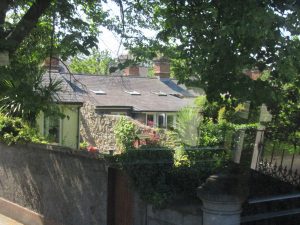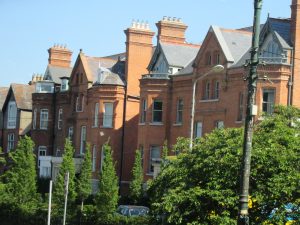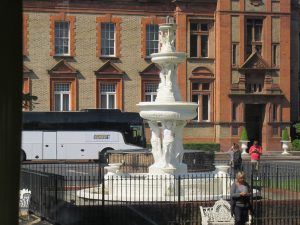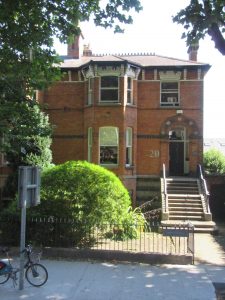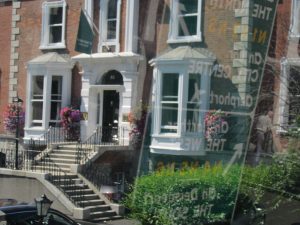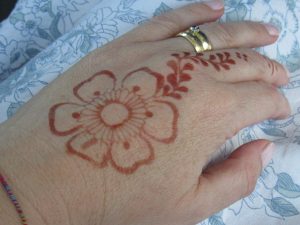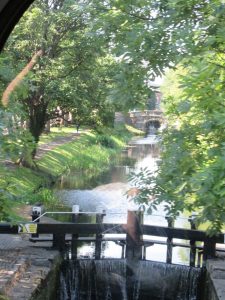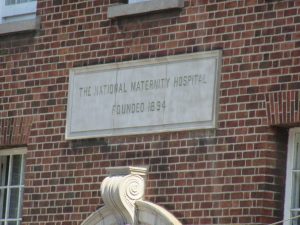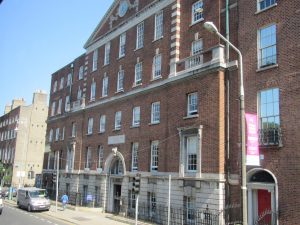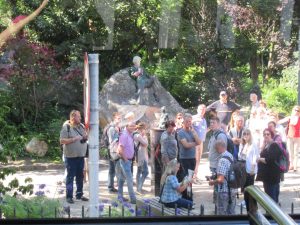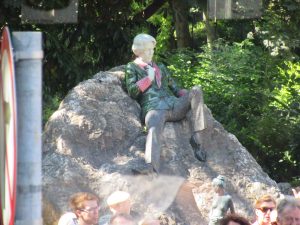In The Myth of the Loving Killer I wrote about Clodagh Hawe and her three boys who were killed in their own home by someone who was then farewelled and buried together with them. As it turns out I wasn’t the only one who thought that this was less than acceptable. After almost a year of campaigning by Clodagh’s family, and with the agreement of his, the murderer has been exhumed and taken for cremation far away. It’s a small posthumous victory for Clodagh, Ryan, Liam and Niall, God love them, and may they now rest in peace.
Then there was the public outcry over the idea of building a new maternity hospital on a site belonging to an order of nuns guilty of various historical abuses, and giving them ownership of it. This really plumbed the depths of a communal sense of hurt and betrayal around the suffering of so many at the hands of the Catholic church in the past, and the fact that so little of the promised restoration and compensation has been made.
After a few careers ended, the Sisters of Charity announced that an agreement had been reached whereby they would have no part in the ownership or running of the hospital and the land would be put into a separate trust to be managed independently. And everyone was able to cool their jets. Until the next time which, I’m predicting, will be about schools.
Way back in the early days here I described my trials and tribulations at the hands of the older-than-dirt plumbing system. Oh, how I wish there was an update on that. But no. Not having hot water when I want it continues to be the bane of my life. People keep leaving The Dreaded Immersion on all over the show. Boiling about twenty kettles’ worth is now a routine part of doing the dishes. Every few months the ridiculous sewage system, involving a narrow pipe going round a sharp corner, just isn’t able for the job and let’s just not go into that. The downstairs shower currently does the 1966 vee-dub starting-up noise every time (instead of, not as well as, producing water) and I’m just ignoring it because we don’t use it much anyway. Why? Why?? This is a civilised country, for Pete’s sake. It has Marks & Spencers. So why haven’t they discovered modern plumbing? The Romans had piped hot water, for the love of God. But not me. Nooooottttt meeeeee.
Then I was talking about the kids’ schools. I’ve mentioned elsewhere that Amy transferred at Christmas to a more jolly-hockey-sticks crowd and is much happier. Everyone else is still where they started and I’m still happy with that. Daniel had one little suspension, but the other boy really needed a thumping and they got on much better afterwards. Before I get trolled for condoning violence I’d like to point out that the kids involved are both built to get knocked over in the first gust of wind and there was no possibility of any actual damage being inflicted. In my experience you can tell 13-year-old boys to use their words until you’re blue in the face or you can let them have a bit of a tussle and the second option works much better. If you look hard enough you’ll find Daniel in all these photos (I know you’ve seen them before but it’s very hard to find photos of Daniel. He’s like a rare wild animal):
The primary school, St Kevin’s, is so great. So, so great. Those of you who’ve been on the local school journey with me during the Pirongia years will understand when I say it’s like a breath of fresh air. It’s being able to relax after a long hard marathon. It’s feeling like, after all this time, this is how it should be. I always thought, surely it’s not supposed to be this difficult, and guess what? It’s not. I truly, sincerely wish that Daniel could have started at St Kevin’s as a five-year-old. Maybe it wouldn’t have helped, I can’t be sure of course, but I very strongly suspect that things would have gone better for all of us.
Noah and Cassia have been there for a full year each plus a term; Daniel had a term. Would you believe me if I said that there has not been a single occasion – not one single time – when someone has come home saying that someone was mean to them? I can hardly believe it my own self. But it’s true. Noah’s class especially is a lovely little unit and he considers himself friends with almost all. His birthday party invitees were boys and girls in equal numbers (it was Rainforest Mini-Golf and we ended up with a boys’ team and a girls’ team and the girls won. I would just like to say that) and they were one big happy group.
I don’t really know how to account for the kind, gentle, happy environment that St Kevin’s is. All schools aspire to it, not so many get there. Maybe it’s something about the Irish culture; maybe it’s just that school. I think it helps that it’s a small school with a tight catchment area. Not that they enforce (or possibly even have) a zone, I don’t mean that. We live outside the estate it serves (‘outside the parish’) and were welcomed with open arms. In NZ we’re used to sprawling suburbs with relatively low-density housing, traditionally, and one large primary school per suburb. Most children would have one school within manageable walking or biking distance but they’d be lucky to have two. Here, it’s much higher-density housing, which means that there are little schools all over the place. Within a 15-minute walk from our house I can think of six primaries and two colleges just off the top of my head. There are bound to be a few more primaries that I don’t know about; they’re tucked away everywhere. Down by Dun Laoghaire there’s a primary school in a castle. A real, castle-looking castle. How cool is that?
But I digress. St Kevin’s, then, draws almost all of its pupils from the Sallynoggin Estate, which comprises about four blocks of terraced housing bounded clearly by Sallyglen Road, Rochestown Avenue and Sallynoggin Road. And saying that it’s a tight-knit community in which everybody knows everybody would be a huge understatement. Everyone’s mum knows everyone’s mum. Everyone’s grandma knows everyone’s grandma. Quite a few school families are related. It seems like a place where people grow up, settle, and bring up their children with their own parents three houses away down the road. Plenty of the mams I chat to at the school gate went to school together, also at St Kevin’s, and have family within the estate. When we were having a cup of tea at the end of one of the bus tours organised by the school for parents to go on, there was a group of four or five grannies chatting away next to me. I asked them how long they’d known each other and they all looked at each other and said, well, we were at primary together, but our mams were friends before that…
To be fair, they don’t all live strictly within Sallynoggin these days. One has moved away as far as Ballybrack, one suburb over. They grew up, married and had families together, and now their grand-children are all at St Kevin’s together too. So I suspect the fact that most of the St Kevin’s kids have community roots and connections that go that deep goes some way to producing the sort of tolerant environment that I see. There’s no point trying to be a snob or act like you’re better than anyone else when everyone’s known you since the day you were born. Or the day your great-grandma was born. There’s no point trying to be cliquey or exclusive when everyone’s mams went to ante-natal group together and will get to hear about it and nobody will be putting up with that nonsense. And there’s only one class at each year level so by the time you’ve spent all day every day with the same people for three or four years you’ve rubbed all the edges off and arrived at a working relationship, I imagine.
As we all know, though, a school – or any organisation – is only as good as its leader. Dr O’Leary, the principal, gives the appearance of cruising around in a laid-back fashion painting walls and getting balls down from the roof but he knows what he’s about, so he does. You constantly see him with the kids. He’s a very visible presence in the mornings before school and in the afternoon when it’s home time he’s usually at the gate shaking hands and exchanging a few words with every single pupil as they leave. There’s only one narrow gate, nobody gets missed. He’s young, he wears colourful clothes, dresses up for Spookathons and things, and the kids think he’s great. So there’s that.
Then a few weeks ago I decided I had to go and see him about Noah. From September until February Noah’s teacher was Ms Hayes, while the permanent teacher was on maternity leave. Noah adored Ms Hayes. I adored her myself. Then the other teacher returned and things took a turn for the worse. She was mean and shouty, Noah said. And she took away the different maths books that Ms Hayes had given Noah’s group and now maths was boring again. It was almost the end of the year but it got so that Noah was sad every evening and morning and I though ah sure, we can’t be doing with this. So along I went and explained the problem and Mr O’Leary listened and said no, we can’t be doing with this at all. This is not at all the way we want things done here. He said that I was not the first parent to have made this particular complaint and he took it very seriously.
Then he talked to the teacher, and talked to Noah, and the teacher talked to Noah and stopped being so mean and shouty (although to be fair if I had a full-time teaching job and a new baby I’d probably be mean and shouty too) and then here’s the kicker, because actions speak louder: he arranged things so that the teacher will not have a class next year. She’ll be doing Resource, which means working with individual children and small groups and which will not tax her classroom management abilities and cause her to end up upsetting people. And that is good management, people. That is not just assuming that the problem is fixed because you’ve told someone to make it fixed. That is making good and sure that it’s not going to happen again. And that is why everyone loves Mr O’Leary. (Actually that’s not true. According to the grandmas drinking their tea it’s because he’s young and friendly and easy on the eye. When he arrived at St Kevin’s there was a big surge of grandmas insisting on being the ones to drop the grand-kids at school every morning just to get a look at him. It was a wide-ranging conversation).
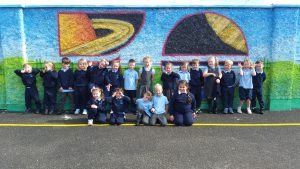
Cassia is back row, second right, between Oisin and her husband, Brody. Yes, that’s right, she’s gone and got married. She dropped it into the conversation the other day. ‘By the way, mummy, I might not have mentioned…’ They kissed and she has a yellow plastic ring. I know exactly why she picked him, too – he has some of the Pokemon cards that she needs.
So there you have it. You’re fully informed. Up-to-the minute. Cutting edge, unlike our plumbing. Go and have a hot shower and count your blessings.

